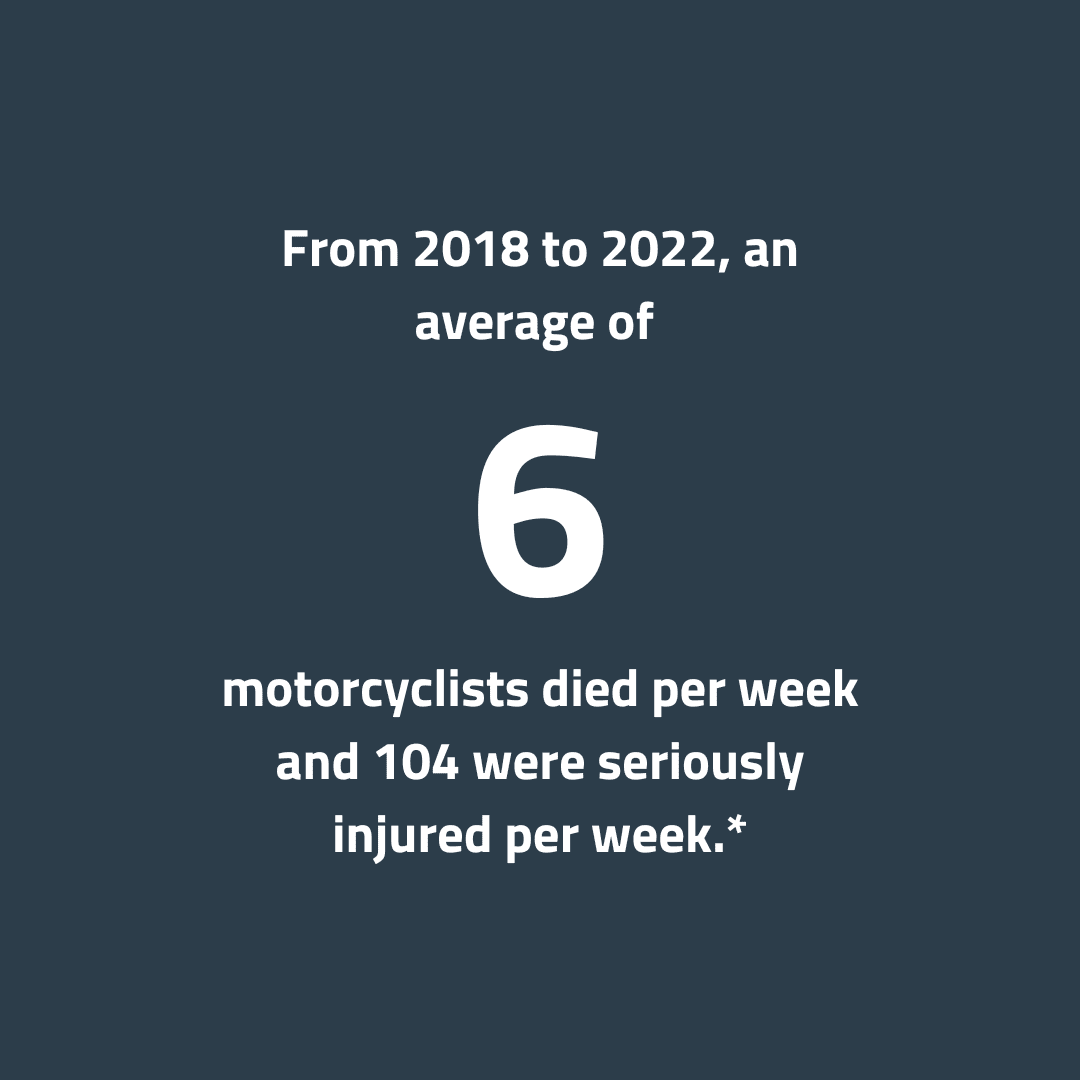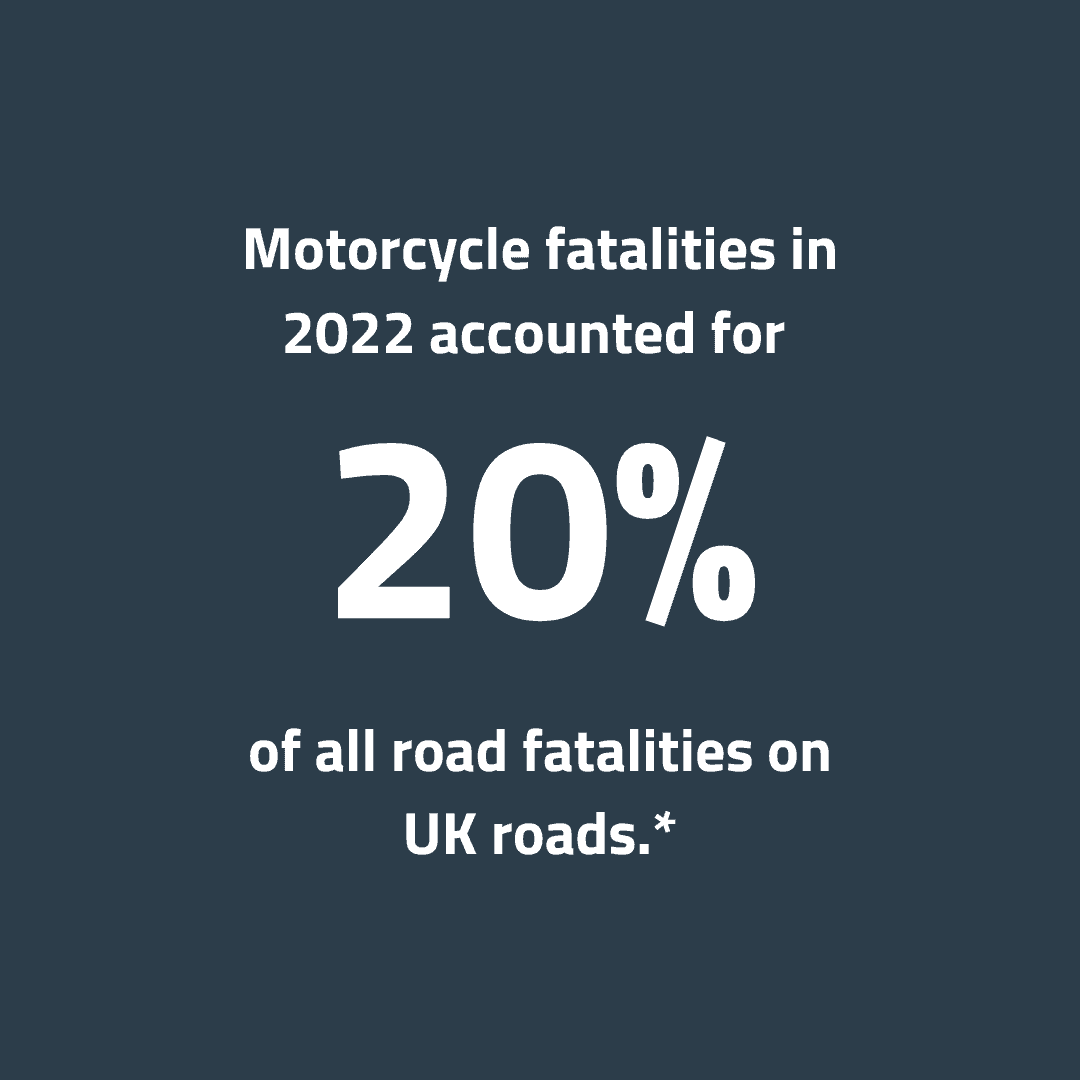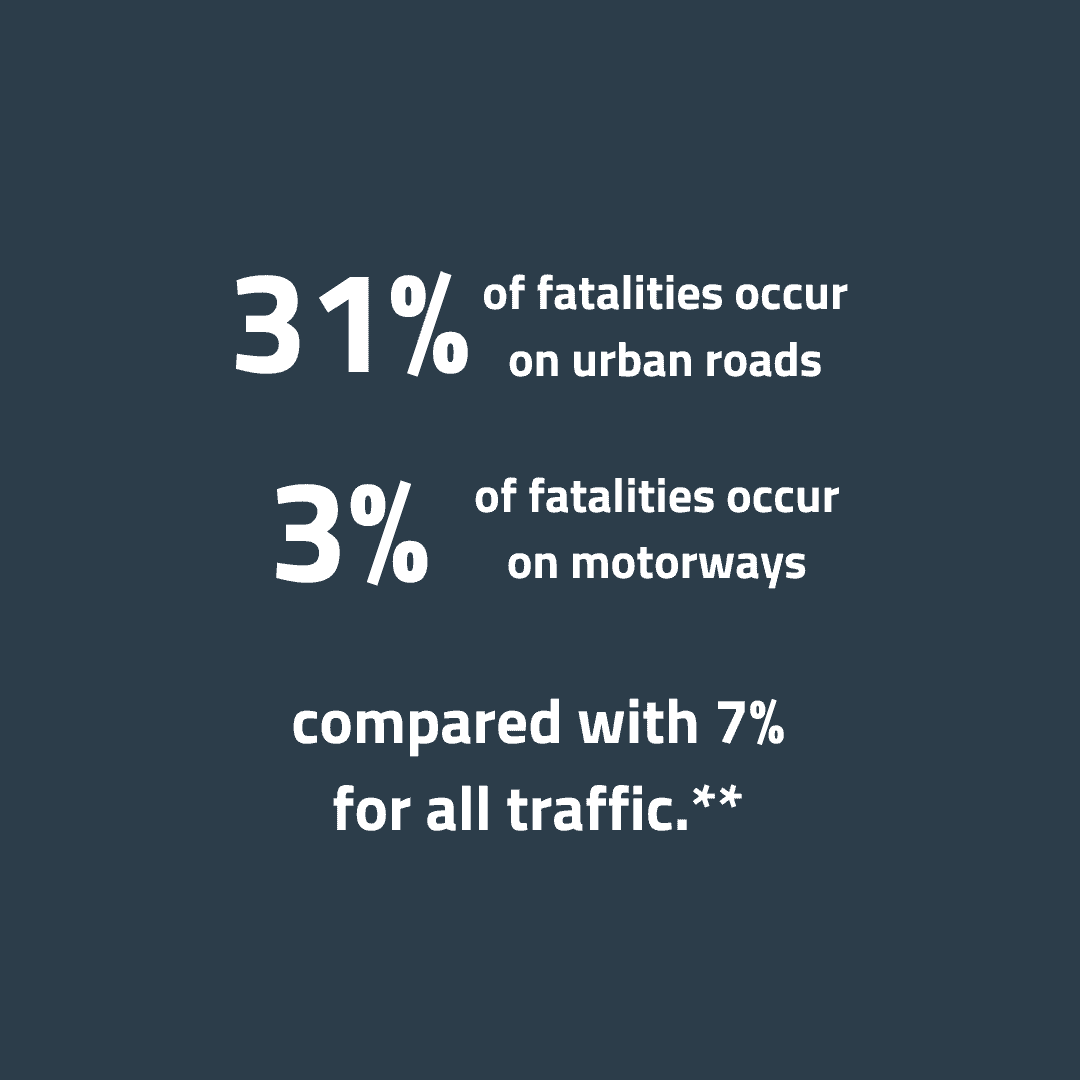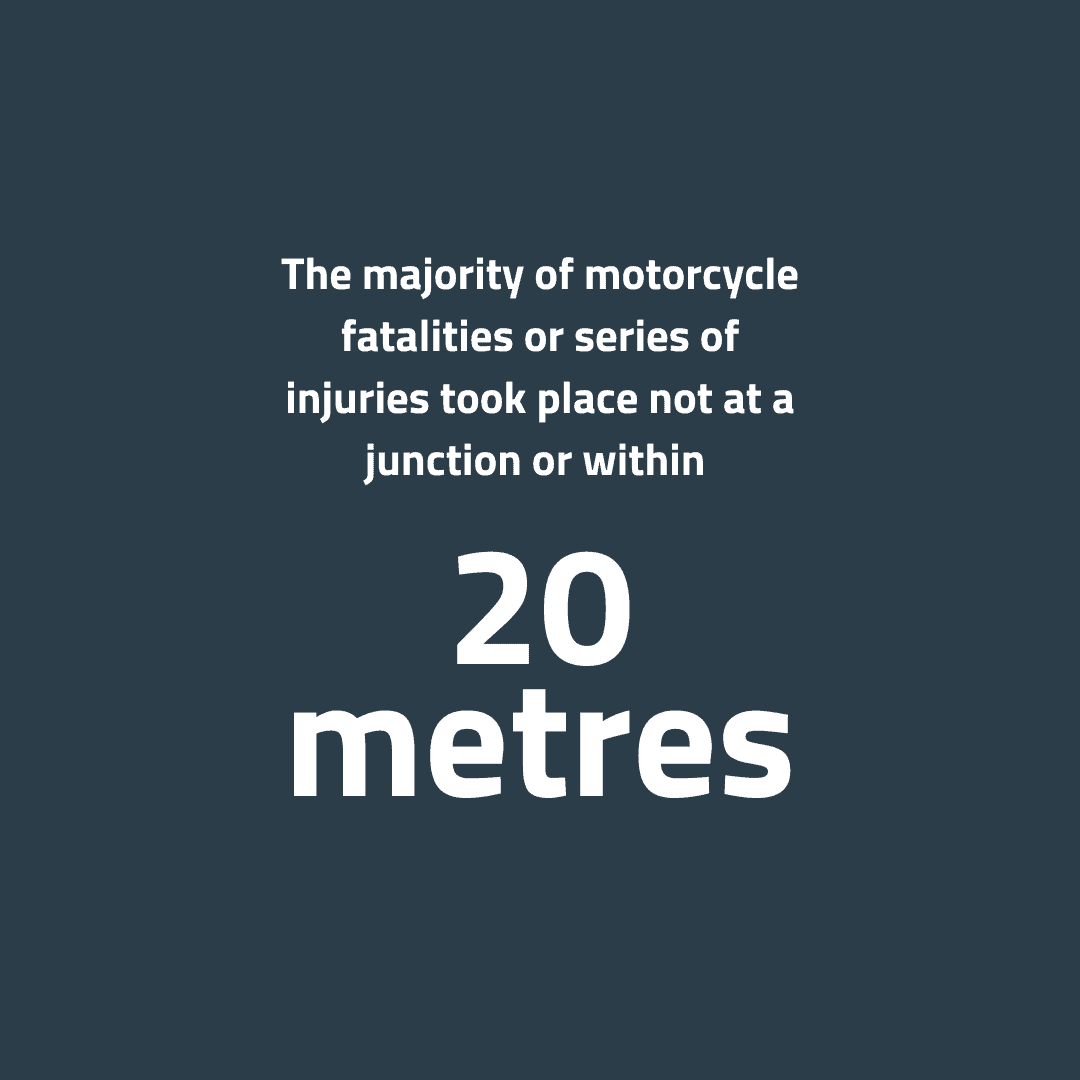
What is the OAP method?
Observe (what is going on)
Anticipate (how it will affect you)
Plan (to deal with it safely)
It is a simple, yet effective technique that can be applied to any riding scenario but is particularly beneficial on country roads where unexpected hazards are more common. This short video illustrates multiple scenarios where OAP can be applied on a country road.

Observation, Anticipation and Planning:
OAP is the thread that triggers the system of car and motorcycle control as depicted in IPSGA (Information, Position, Speed, Gear, Acceleration), which is the system at the core of our Advanced Rider course.
We make our riding plans on what we see, what we can’t see and circumstances that can reasonably be expected to develop, and then implement the plan in a sequenced way following IPSGA.
The system of motorcycle control applied to an overtake:
Whilst approaching another vehicle, think whether the overtake is safe and legal, does it achieve anything and, finally, what is the perception of other road users. When we have decided to continue with our overtake, implement ISPGA:
.png?sfvrsn=8261565f_2)
Positioning For Bends:
When we negotiate a bend, we are looking to apply the safe stopping rule – we must always be able to stop in the distance we can see to be clear on our side of the road. To this end, we position actively, and we use the limit point technique to help decide our speed of approach.
The limit point – the furthest point to which you have an uninterrupted view of the road surface as it disappears around a bend. It is the point where the two edges of the road appear to meet. On a left-hand bend, this is not on your side of the road, so we need to wind back to the centre line.
We look to position for:
Safety – which should not be compromised.
Stability - which is always beneficial on the road, especially on a motorcycle.
View – which, when increased should help us to make our safe riding plan.
.png?sfvrsn=8361565f_2)
Lifesaver
The last nod to safety – a lifesaver check is the last check to the side into the blind spots before you change position.
It is essential in slow-moving urban areas but may not be necessary during high-speed overtaking when you are CERTAIN what is happening behind. Your good judgment decides when it is needed.
The movement should be subtle but effective (chin to shoulder) before you change position and allow time for alternatives if there is something there.

.png?sfvrsn=b167285f_2)
Steven's Story
Two years ago, Dr. Steven Lee, aged 26, was riding down a dual carriageway A-Road when he was involved in a crash with a tractor, which tragically resulted in his loss of life.
In his memory, his brother, Danny, established the Dr Steven Lee Foundation. The foundation's mission is to subsidise the Advanced Rider course for as many young people as possible through the sales of Steven’s photography.
“I believe that if Steven had used the OAP framework or taken Advanced training, the incident could potentially have been avoided.” – Danny





*Sources: DfT, Reported road casualties Great Britain: Motorcyclist Factsheet 2022. Published 28th September 2023. Bill Wiggin, Motorcycling Debate 2021, Stats.
**Sources: DfT, Reported road casualties Great Britain: Motorcyclist Factsheet 2022. Published 28th September 2023.
*** 58% of fatalities, 40.8% serious injuries. Sources: DfT, Reported road casualties Great Britain: Motorcyclist Factsheet 2022. Published 28th September 2023.

fb014086032968e9a61eff1e000def30.png?sfvrsn=728285f_2)
If you have found this information useful, or you'd like to become a more skilful and safer rider, then you may be interested to find out more about our Advanced Rider course. Advanced Riding is based on the police system of motorcycle control, and our course teaches you advanced-level motorbike skills and riding techniques used by the emergency services.
“I have loved my Advanced Rider journey. I’ve made friends whilst learning skills and received training that will last a lifetime!”
- Josh, Advanced Rider

